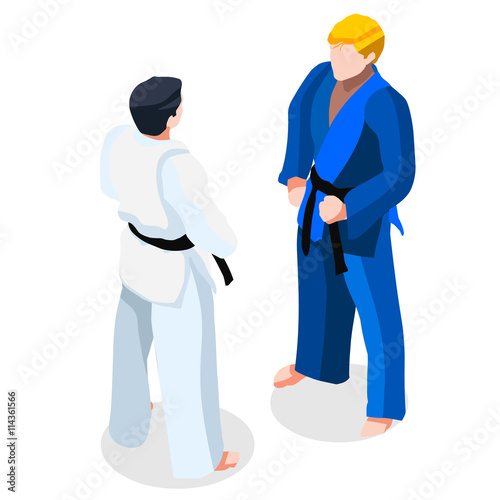The Development And Historic Context Of Martial Arts Worldwide
The Development And Historic Context Of Martial Arts Worldwide
Blog Article
Short Article Author-Wilcox Liu
Martial arts have an interesting history that spans centuries and continents. You may discover it fascinating just how ancient techniques like Shuai Jiao and Kalaripayattu prepared for modern-day battle methods. These disciplines not just highlight physical abilities however additionally mirror the cultures that birthed them. As you discover their advancement, take into consideration exactly how globalization has actually changed these traditional forms right into crossbreed styles. What impacts do you assume have formed today's martial arts landscape?
Ancient Martial arts: The Structures of Combat
As you explore the globe of ancient martial arts, you'll discover the rich structures that formed battle techniques across cultures. Early methods concentrated on Self-Defense and survival, frequently incorporating strikes, grappling, and weapons.
In ancient China, as an example, methods like Shuai Jiao stressed throws and joint locks, while India's Kalaripayattu showcased dexterity and liquid motion. Japanese samurai developed Kenjutsu, a polished swordsmanship that highlighted discipline and method.
martial arts used in karate kid offered not just for fight however additionally as a means of individual advancement, instilling values like respect and willpower. The blending of these strategies over time laid the groundwork for the varied martial arts you see today, each showing the distinct viewpoints and demands of its culture.
The Cultural Impact on Martial Arts Development
While martial arts commonly mirror the useful demands of a culture, they likewise symbolize the social values and ideas of their origins. When you discover different martial arts, you'll discover just how they're influenced by religious beliefs, ideology, and social standards.
For example, the emphasis on respect and technique in Japanese martial arts comes from Zen Buddhism and samurai society. In contrast, Brazilian Jiu-Jitsu advertises flexibility and method, shaped by the demand for effectiveness in a varied, multicultural setting.
You could find that the rituals, uniforms, and training approaches reflect an area's background and identification. By understanding these social influences, you deepen your appreciation of martial arts and their function fit human experiences around the world.
Modern Adaptations and the Globalization of Martial arts
Martial arts have changed dramatically in current years, adapting to contemporary culture and global influences. You'll see that standard types have combined with modern techniques, producing hybrid styles like MMA. These adaptations satisfy varied target markets, making martial arts available and attractive around the world.
With the surge of social networks and electronic platforms, you can discover tutorials and competitors from all edges of the world, damaging geographical obstacles. This globalization has resulted in a common appreciation for numerous self-controls, from Brazilian Jiu-Jitsu to Taekwondo.
As you involve with these arts, you'll recognize they're not almost battle; they promote physical fitness, discipline, and mental health.
Ultimately, contemporary adjustments have actually enriched the martial arts landscape, making it a vibrant and progressing technique.
Conclusion
In checking out the history and evolution of martial arts, you reveal an interesting mix of strategies, cultures, and viewpoints. From old techniques like Shuai Jiao and Kalaripayattu to the contemporary adaptability seen in mixed martial arts, martial arts show humanity's mission for Self-Defense and individual growth. As you engage with these practices, you not only obtain skills yet additionally a much deeper gratitude for the varied traditions that shape our world today. So, proceed your trip and embrace the art of fight!
